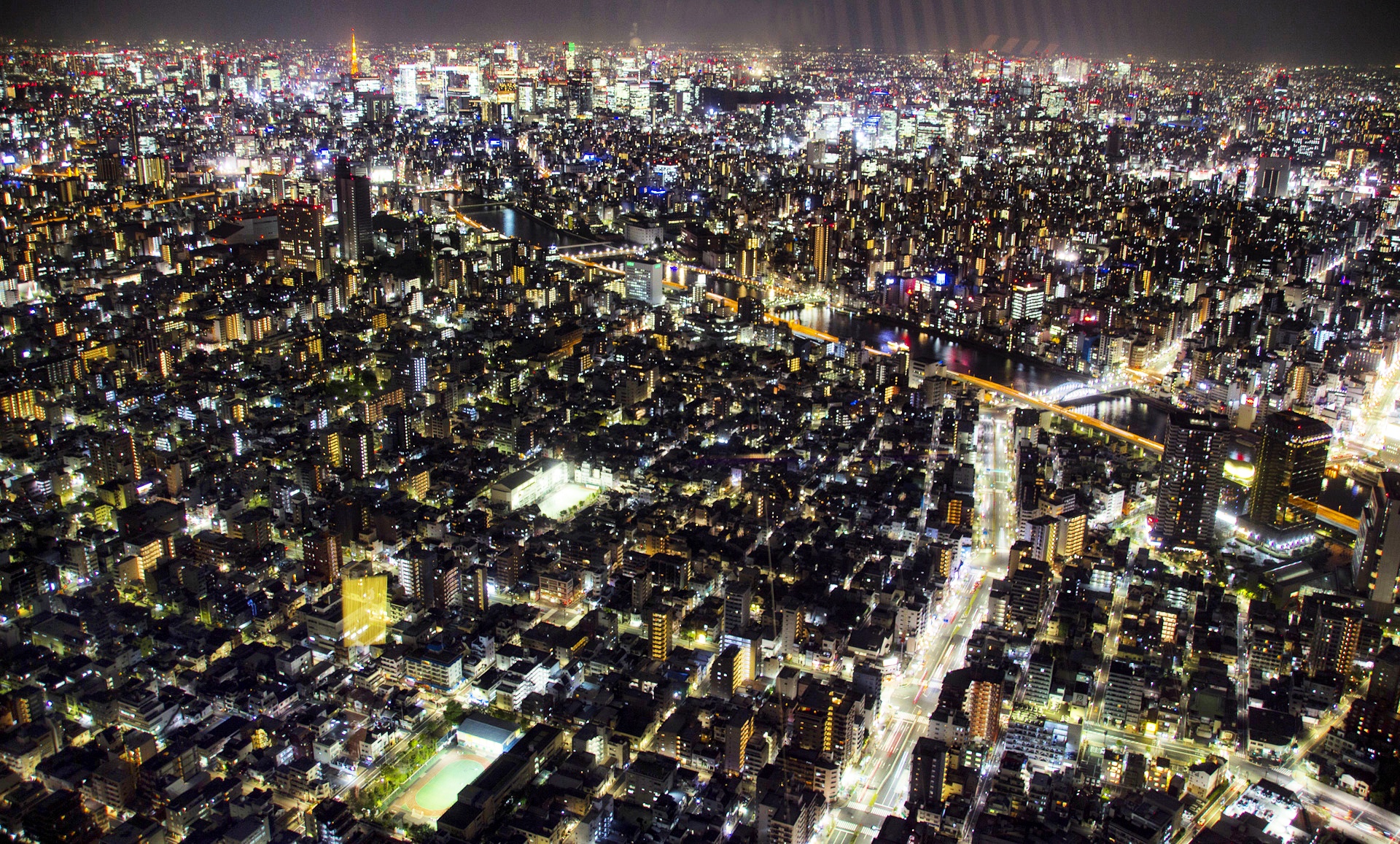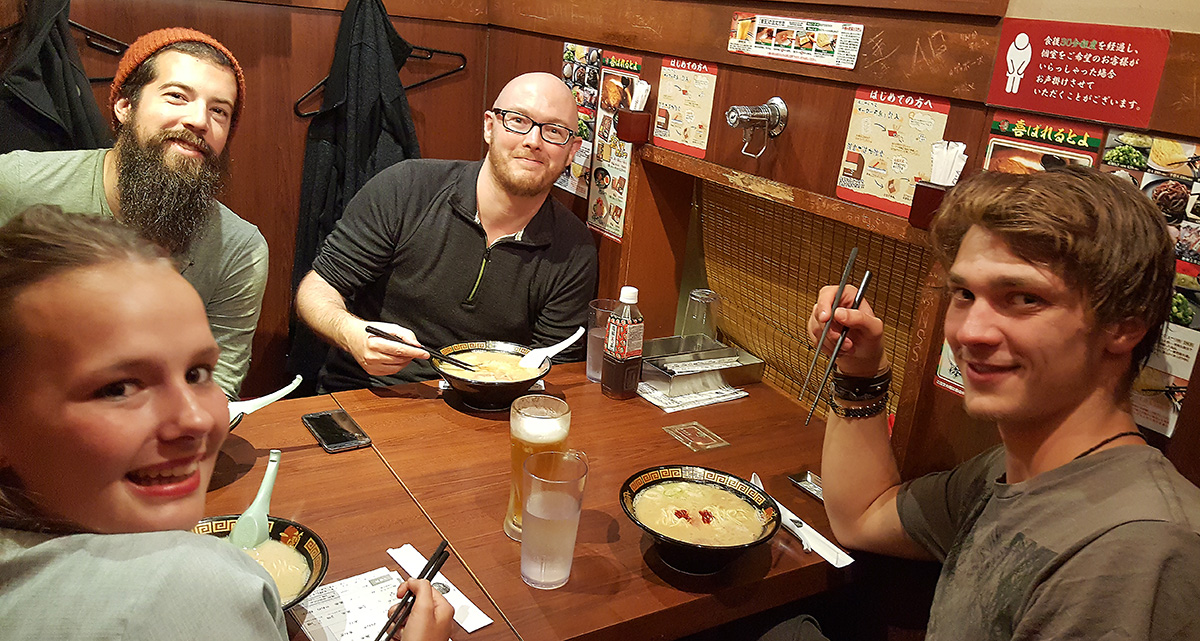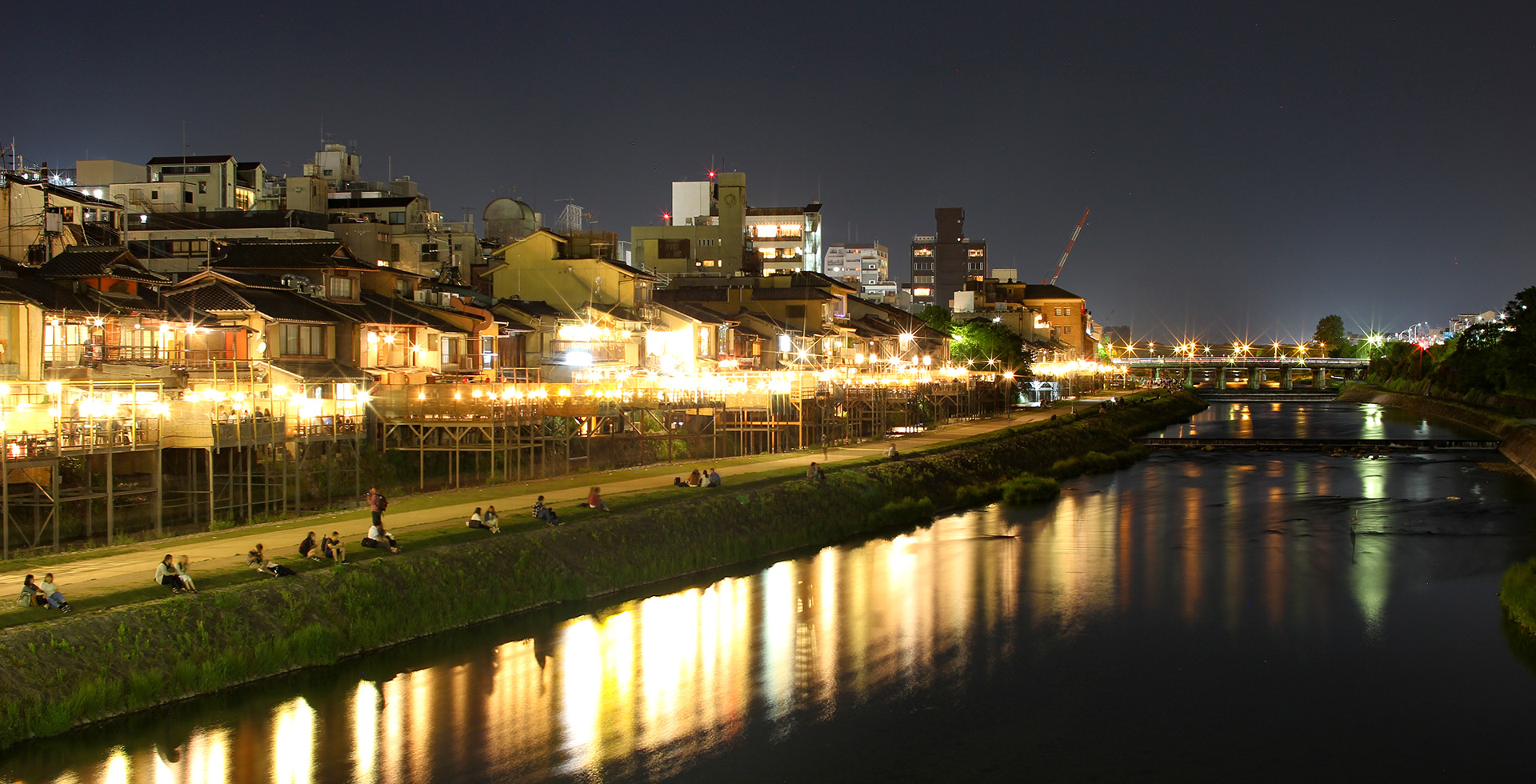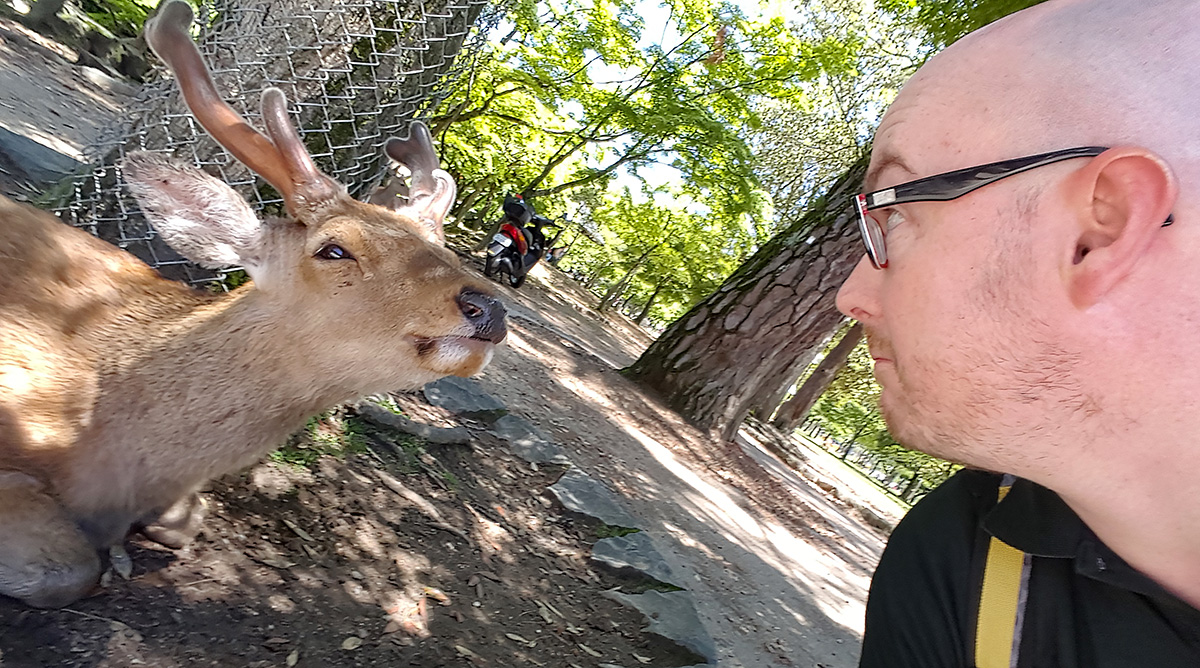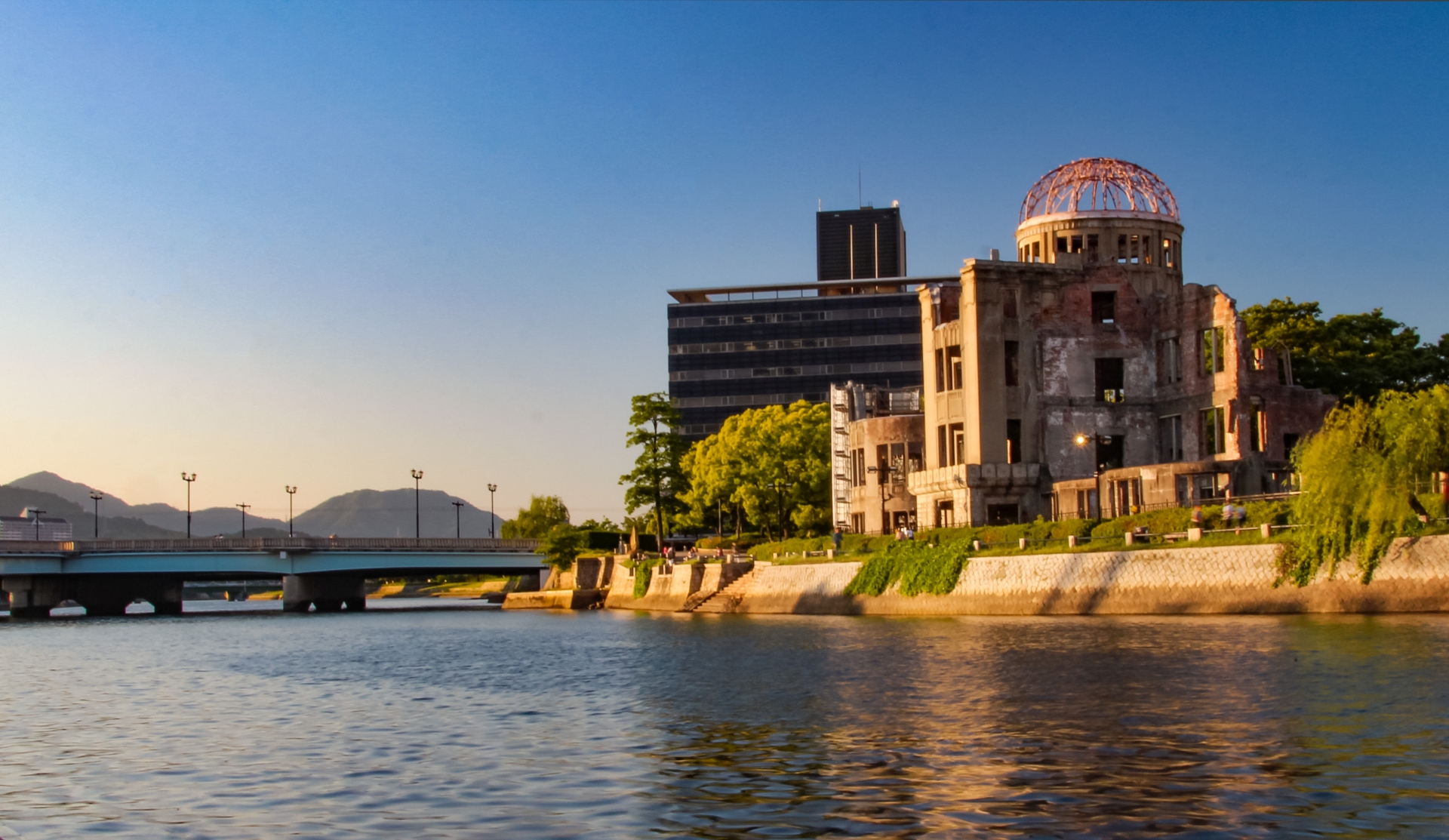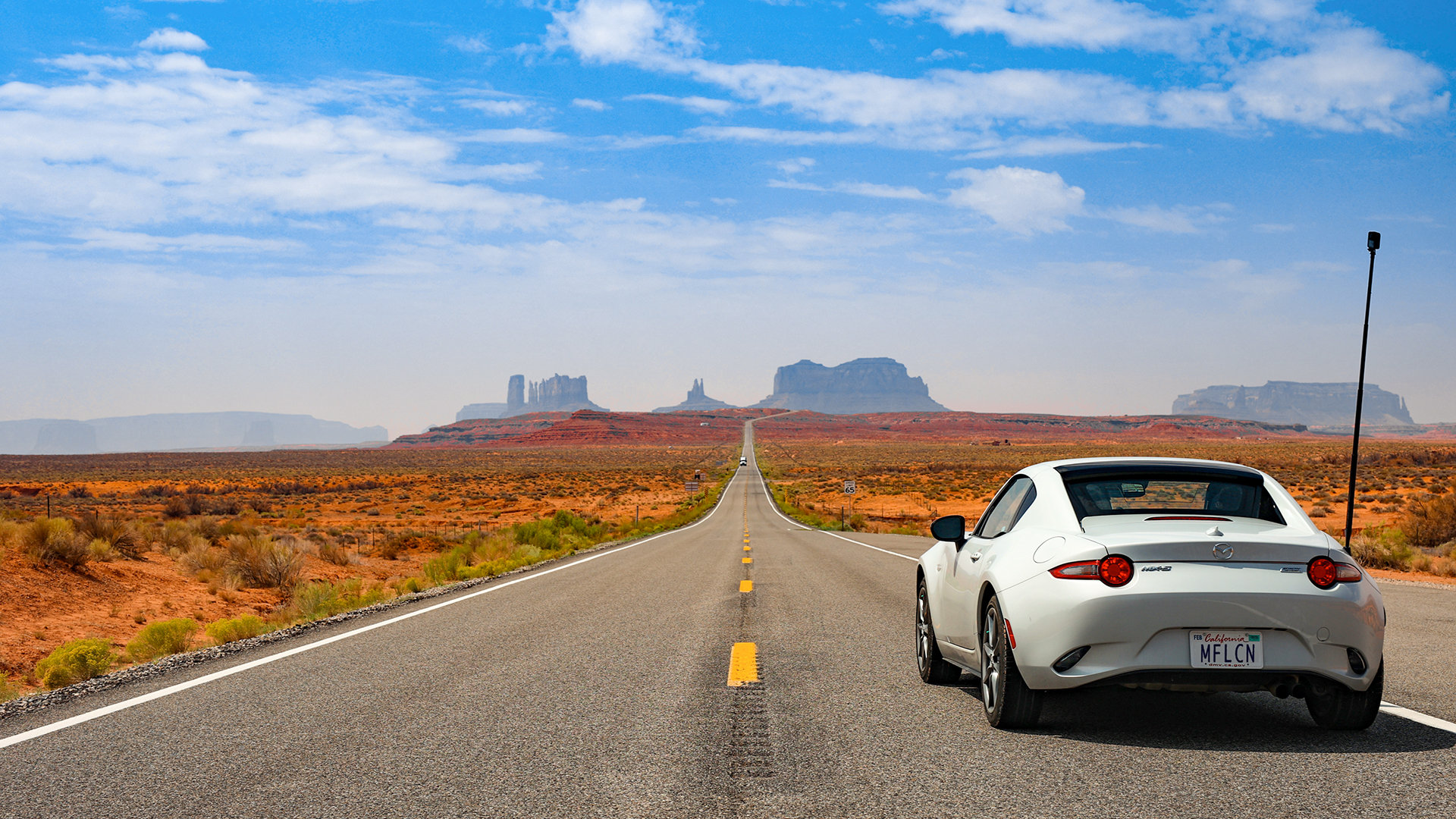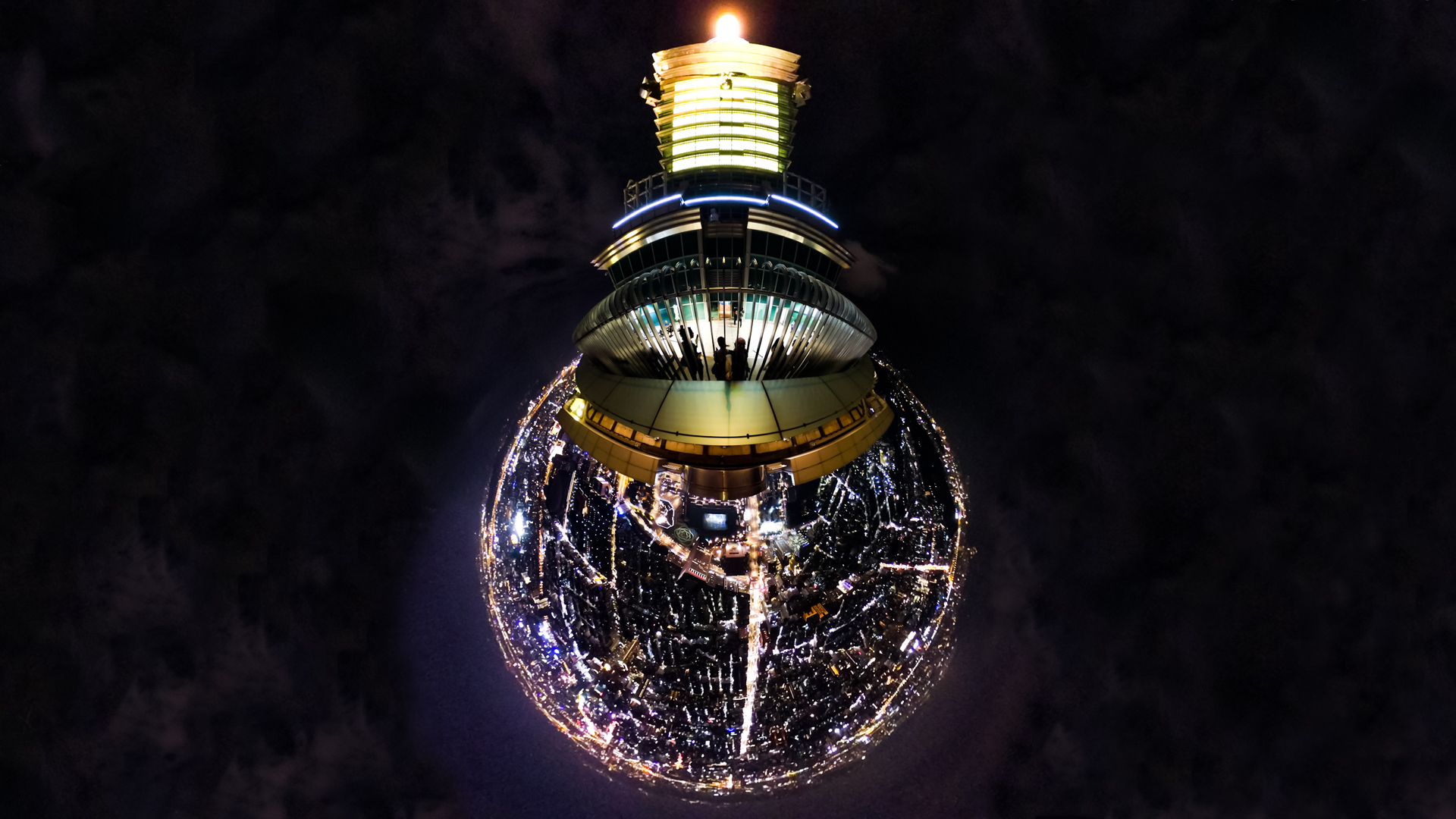On which I eat all the ramen.
I was several weeks into my Japan adventure, and it hadn’t been going great. Sure, the people were lovely, the country was great, and the food was awesome.
So what was the problem? Me, I was the problem.
My confidence shaken from my broken leg, it had taken a few weeks to get back in the groove.
But on tiny bench in a quiet old neighborhood in Kanazawa, it all fell into place. I needed to enjoy myself, or at least, remember how.
My next stop, with this new attitude strongly in mind, was back up into the Japanese Alps to a town called Takayama. The main town itself, though charming, didn’t stand out much due to its fairly non-descript buildings (though great food). A few minutes walk from the city center, however, was the Hida Folk Village. Here, traditional Japanese homes and buildings sit around a tiny lake.
Sure, these homes had been placed here as part of an effort to preserve the area’s cultural heritage, but honestly, that was OK. It was just this calm, quiet oasis of beautiful old wooden buildings.
My enjoyment of this town was surely helped by a hostel that had one of the best beds I’d found while travelling. A memory foam mattress and my own window created a wonderfully cozy space I didn’t want to leave. I even met someone from LA! A future ADA for the city. She said I could call if I got in trouble. Excellent.
I headed south from here, to the coastal city of Nagoya.
Nagoya
Nagoya is practically a company town, and that company is Toyota (even though they’re headquarters in the nearby and appropraitely named town of Toyota). The Toyota Automotive Museum was fantastic. You even reach it by maglev!
Take a tour of the Toyota Automobile Museum – Roadshow
Near its corporate headquarters in Japan, Toyota has an excellent museum not just of its cars, but cars from around the world and throughout the history of the automobile.
Though the hostel here wasn’t great (tatami mats are not for me), I did meet some fantastic people. One of the few times in my Japan adventure I spent time with a group from a hostel. Not sure why that happened so infrequently. My guess is the capsule style of hostel beds isn’t conducive to meeting people.
Regardless, Canadians Eric, Mike, and John, and German Lea, proved excellent drinking companions. Eric, Lea, and her newly-arrived boyfriend joined me for my favorite ramen.
John and I would even meet up a few days later in Kyoto and again in Nagasaki.
Speaking of Kyoto, that incredible city was next.
Kyoto
There’s something magic about Kyoto. When people ask me what places they should see, I always list Kyoto. Temples. Shrines. Old houses with paper doors. Cobblestone streets and views of mountains. It is intrinsically Japan and yet almost otherworldly in parts.
I’ve been here before. I’ll go here again.
It’s unlike any place I’ve ever been.
What It’s Like To Stay At A Japanese Capsule Hotel
They’re unlike any other accommodation: Individual pods, sometimes dozens to a room, each a self-contained mini-hotel room, with a bed, lights, and sometimes even a TV. You can find capsule hotels all over Japan, and they range from plastic tubs in a sci-fi setting to comfy sleeping mini-rooms with a window and a view.
I managed to pull myself away from getting lost in the Kyoto streets long enough to take the train to Nara, a city famous for its more furried residents: deer. Mostly-tame deer roam freely throughout the city. Occasionally slowing traffic, but mostly just hanging out with tourists and accepting treats to pose for selfies with weirdos.
The Todaiji Temple in Nara is quite stunning.
A massive wooden structure with a huge Budda inside.
My time in Nara was brief, and my time in Kyoto was predominantly rainy. Maybe that added to the mystic atmosphere. Any time spent in Kyoto is time well spent.
Osaka
A fair comparison is that Tokyo is New York and Osaka is Chicago. There’s an entirely different feel to these two enormous cities. Osaka feels a little more laid back, a little less frantic (though still plenty frenetic).
The part of the city that stood out the most for me was Dōtonbori, a restaurant and bar district on canal of the same name. A bit of craziness filled with people having a blast.
Sure Tokyo’s Shinjuku, Ginza, and Shibuya are cool, but Dōtonbori has lights right up against the canal, so they reflect! Sooooo cool.
There was something else weird and cool in Osaka, and yes I absolutely made a special trip to go see it: There’s a building with a highway cutting through it. Not under it, through the middle!
In Osaka, Japan There’s A Highway That Goes Through A Building
There’s a road that passes clear through a 16 story building in Osaka, Japan. Sure, there are lots of roads that pass under buildings all over the world, but this is different. The road connects two elevated highways, passing through the Gate Tower building five stories up.
After a visit to Himeji castle, I headed even further south, to Hiroshima.
Hiroshima
As far as 20th century history goes, there are few places more important than Hiroshima. On August 6th, 1945 the B-29 Enola Gay dropped “Little Boy,” the first atomic weapon used in war. Countless people far smarter than me have debated the morality of such weapons, both in general and specifically the two times they were used.
But the fact is, they were. Most of the city has been rebuilt, and rebuilt again in the intervening 71 years. But the haunting Genbaku Dome remains a reminder to the world of the horrors of nuclear weapons.
It’s odd standing in front of this building. I’m sure for everyone, but perhaps more so as an American.
Nearby, on a tiny side street, a small marker indicates the hypocenter point, 600 meters above which “Little Boy” detonated.
The Peace Park is as tranquil and lovely as you’d expect. I did not go into the museum.
Nagasaki
It seemed odd buying a ticket from Hiroshima to Nagasaki as an American. Would I get looks? The machine I used offered no comment.
It was a side-effect of my truncated adventure that I wasn’t able to spend more time in southern Honshu or any of Kyushu island other than Nagasaki.
My reason for heading so far south was very specific. A “bucket list” item: Battleship Island.
Behold the haunting decay of Gunkanjima, Japan’s ‘Battleship Island’
Hashima was abandoned in 1974 and left to the elements. Storms, time, and decay have resulted in collapsed buildings that feel inhabited by the ghosts of the miners who used to live there. Here’s a tour.
Just off the coast of Nagasaki is Hashima, also known as Gunkanjima or “Battleship Island” for its appearance. It was once the highest population density in history, a tiny island of 16-acres with 5,259 people.
A coal mine for decades, in 1974 Mitsubishi closed the mine and told everyone they had to leave, basically overnight. Unable to take much with them, families left behind nearly everything. Weather and entropy had its way with the abandoned island. It became a place of legend amount urban explorers and fans of modern decay.
For years it wasn’t particularly hard to get to the island. Locals had been fishing off the huge concrete sea walls for decades. The town itself was technically off limits, largely for safety issues, since the buildings were always on the verge of collapse.
Finally, in the mid-2000s, Nagasaki saw an opportunity. They built a new dock and some viewing platforms. Now, you can take a safe-but-brief tour of the famous Gunkanjima. Sure, this sanitized partial tour isn’t nearly as epic as being able to explore the off-limits ruins unaccompanied, but for most people, the 3 hour tour (no, really) is enough. Not to me mind you, but I’ll have to save my URBEX for another time.
Speaking of time, mine in Japan was running out. With just a few days left I wanted to spend a bit more time in Tokyo before heading home. Turns out, train was the cheapest option.
Here’s what it’s like to travel 8 hours across Japan by train – Roadshow
The high speed trains of Japan, the Shinkansen, are legendary. They aren’t the only trains, though. Here’s what it’s like to go from Nagasaki to Tokyo by train.
Tokyo Triumphant
I arrived back in Tokyo feeling the best I had in months. I had seen almost all I’d wanted to see. A country I’d always loved and always wanted to spend more time in had not disappointed.
The Best Ramen In The World? Japan’s Ichiran Ramen
Forget those $0.25 packets of ramen you (and everyone) survived on in college. That’s not real ramen. Real ramen is delicious. Something you to eat, not something you to eat (because you’re broke). The Japanese love their ramen, and will line up for their turn to have a bowl at their favorite establishment.
The slights, the lights, and the food, what an incredible place this is. Everything is spotless. The hostels, for the most part, are immaculate. Everyone is friendly and wants to help given any opportunity. It’s almost too easy. You’d think not being able to read or speak a language would be an issue, but it’s just not. Not here anyway.
Up close and personal with Tokyo’s 59-foot Gundam statue
In Tokyo there’s a 1:1 scale “replica” of a Gundam mobile suit. Here’s what it looks like up close.
I even befriended a local, Mayu, who worked at a shop I visited a few times. OK, a lot of times (it was ice cream of course, but they served Crema Catalana, the first time I’d seen that flavor since Spain. I was powerless!).
The Hanging Monorail Of Chiba, Japan
The Chiba Urban Monorail is a suspended monorail system in, you guessed it, Chiba, Japan (near Tokyo). It’s the longest in the world, with a system length of 24.5mi/15.2km. It’s a rare configuration for public transport, with fantastic views of the passing city, a sci-fi glimpse of passing buildings from several stories up, and an unobstructed view of the path ahead.
Japan flipped some kind of switch, one I’ve been trying to flip for… well forever I think. Since Japan I’ve been far more able to take a step back and just enjoy a moment. Able to say “you know what, this is pretty nice.”
Now, several months later, this has stuck with me. I’m better able to see the lows as temporary, and enjoy the highs for what they are. That is a pretty incredible and fundamental change. I don’t know exactly what it was that caused this, but I couldn’t be more thankful for it.
Maybe it was all the ramen.
Domo arigato, Nihon

